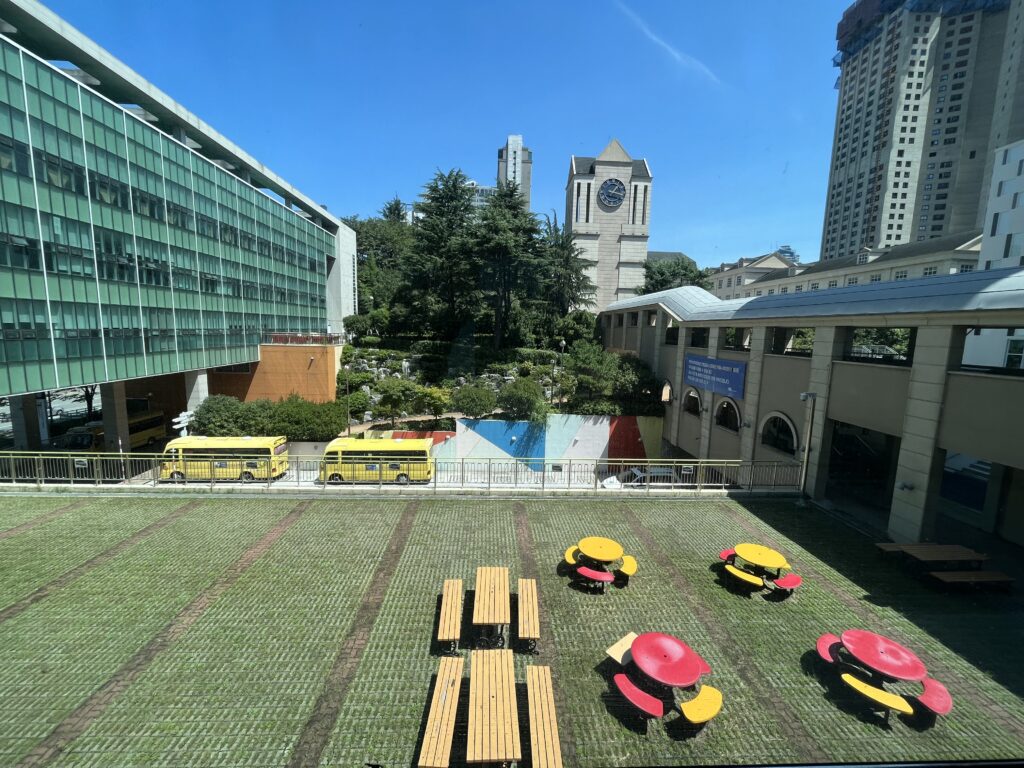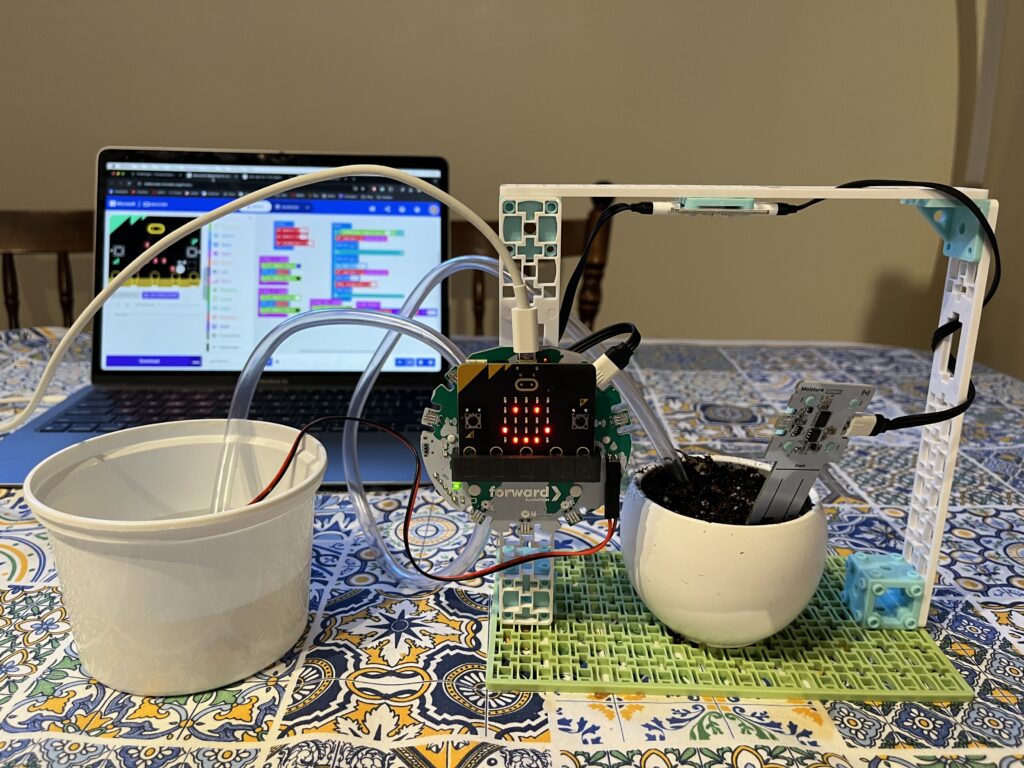This section of the course came at the perfect time! I enjoyed the lecture and documentation of how coding & gamification (when used correctly) can be a major draw for students to engage in content. This type of learning was heavily relyed upon when I taught at a STEM-based school in South Korea. This was a private academy that took place after students had already gone to public school, so most of the kids were checked out and wanted to have fun learning. This was made challenging by the fact that they were not allowed to speak Korean, being an English academy, and because the parents were paying a decent chunk of money for students to learn. We used programs such as Prodigy, Scratch, Gimkit, Flipgrid, as well as others to keep students engaged (and to send as homework). As an educator, I think these are great tools for kids to have fun while also learning, but should be seen as a supplemental tool for engagement, not a form of teaching.

In addition, as part of our Science Pedagogy class, everyone created a demonstration that connected to parts of the curriculum. I decided to do mine on Renewable Energy with Code, using a micro:bit enhanced by a Climate Action Kit! These tools use block coding to program simple models of renewable energy sources, among other things. The presentation went well, and I can see myself doing the same presentation (in smaller chunks) with students who then can practice making the code (or extending it) to play around with these sources. The key takeaway for me is that using the technology involving coding is a great component to learning, and is enhanced by making it cross-curricular.

Leave a Reply
You must be logged in to post a comment.